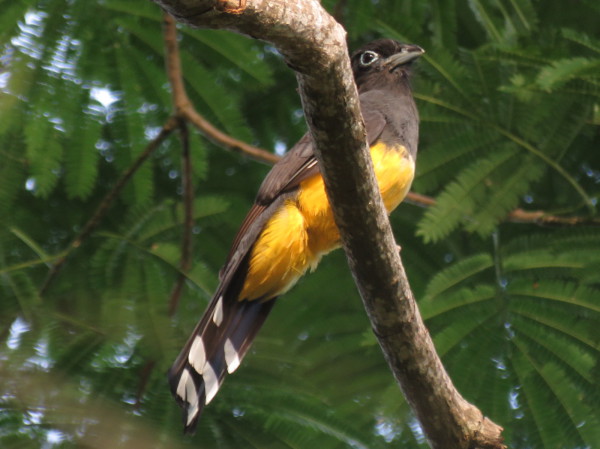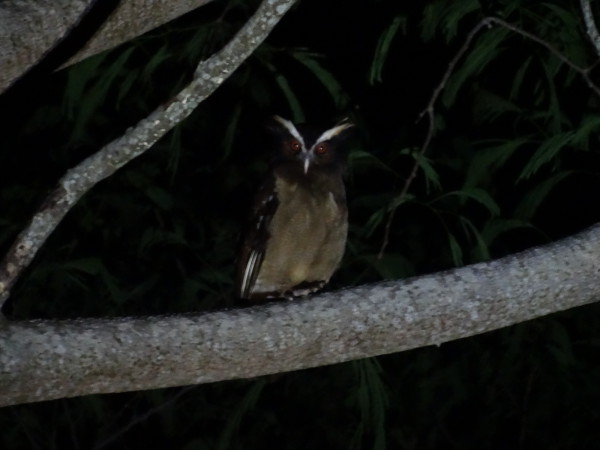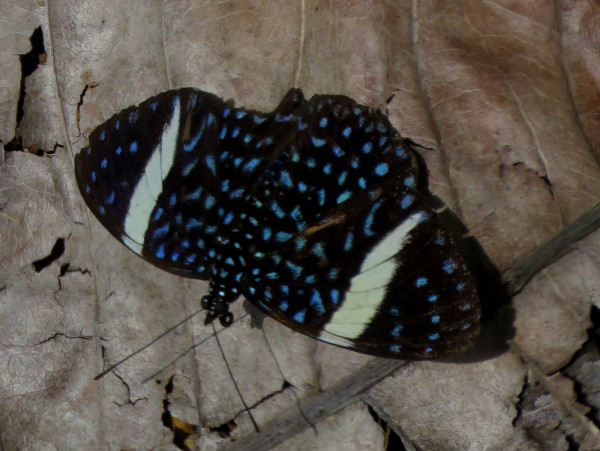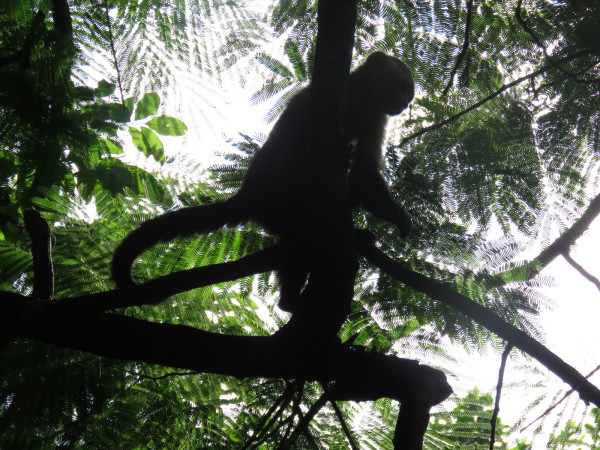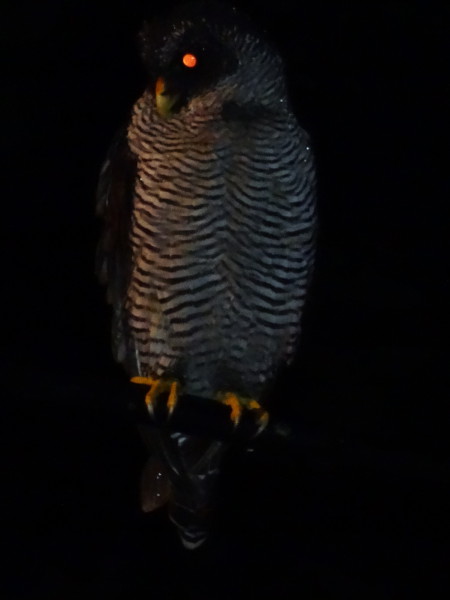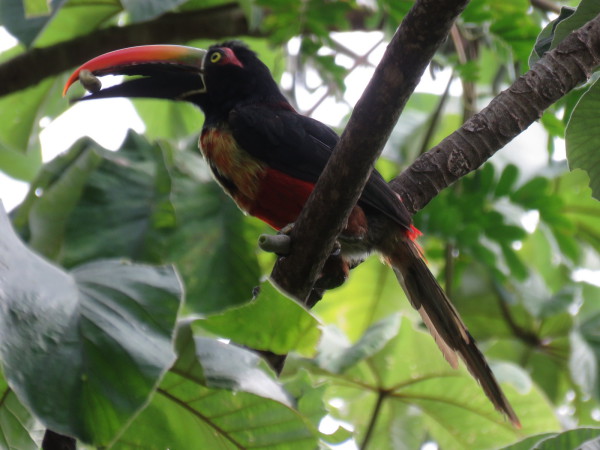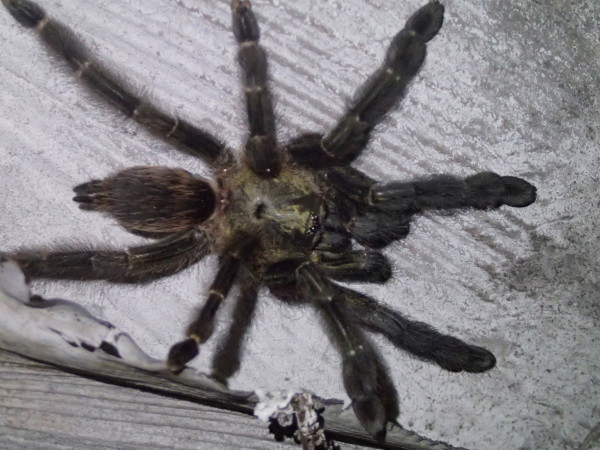The region between Puntarenas and Jacó beach on the central Pacific of Costa Rica has more diversity of plants, trees and animals than nearly any other region because of its unique transition zone geography. Along the coast to the north the tropical dry forests dominate in Guanacaste and on the Nicoya Peninsula and to the south the true rain forests take over as the typical climate gets wetter the further you travel.
Carara national park in the center of the zone has the best of both worlds and there’s a good chance you can find and photograph nearly any species from the northern or southern ecozones without the heading four hours one direction or the other. Below are photos of a few of the species we spotted and you can see more on the Carara photos page.

